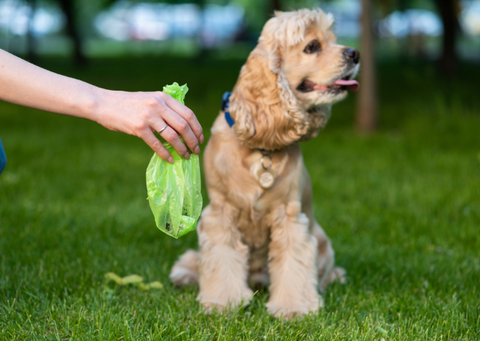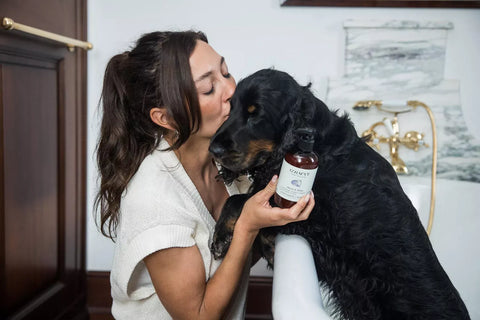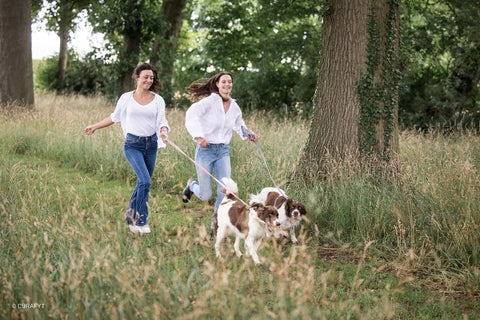Dog blog - Veterinary Advice

Your dog’s stool can tell you a lot about his health and the condition of his digestive system. When picking up your dog’s poo it is a good idea to check the colour, smell, and consistency. What does the perfect dog poo look like and when should you take action? Read on!

Your dog's skin microbiome or skin flora is its main line of defence against external pathogens. Think of it as an army-one with 'healthy' micro-organisms as soldiers, ranging from viruses to fungi to bacteria. By the way, and this goes for both humans and dogs, these organisms are essential for good health and are abundant on the skin, in the intestines and in the vagina.

Being a dog parent is not always a bed of roses—and your dog does not always smell of roses either. While every animal has its own specific odour, in some cases there is more to it than that. Maybe your four-legged friend would benefit from a visit to the vet. From unkempt teeth to skin problems to farts, these are the most common causes of unpleasant dog odours. While every animal has its own specific odour, in some cases there is more to it than that.

Summer at last! Time to enjoy the sunshine but make sure to keep your bestie cool, because, when he is exposed to high temperatures for any extended period of time, he may become dehydrated, get diarrhoea, or worse still... die. With these ten tips, you’ll be able to keep your buddy cool!

Like us, humans, dogs can contract all kinds of age-related ailments as they get older. Osteoarthritis is a very common and painful inflammation caused by a degeneration of the joint cartilage. As a dog owner it is important to recognise the onset of osteoarthritis early on so that you can support your dog with the appropriate exercise and the right food and nutritional supplements.

